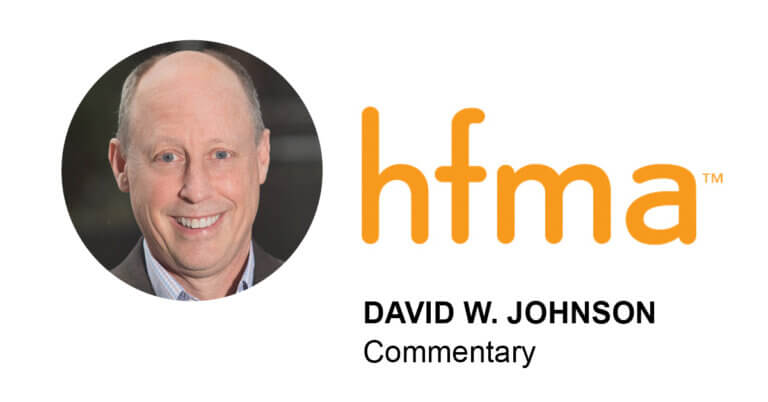May 28, 2025

Et Tu, Outpatient Coders?
Hospitals and doctors engage in their own version of upselling. It’s called upcoding. It’s when they assign billing codes to an episode of patient care to maximize their reimbursement from the patient’s insurance carrier. It’s done by revenue cycle department coders who scour clinical documentation and notes in the patient’s medical record, searching for opportunities to “upcode” the patient’s medical condition and/or services provided. Revenue cycle professionals politely call what coders do charge capture.
Last December, I wrote a post about a study that proved that hospitals engage in upcoding for inpatient care. You can read about that study in “Revenue Cycle Risk Takers.”
Now, a new study is out that proves that providers also engage in upcoding for outpatient care. Trilliant Health, the Brentwood, Tennessee-based healthcare analytics firm, published the study earlier this month.
Trilliant analyzed commercial health insurance claims filed by hospital emergency departments (EDs), urgent care centers and primary care physician offices from 2018 through 2023. It looked at the evaluation and management (E/M) codes used by the care sites to bill commercial carriers for the services they provided to their patients. Each code corresponds to a specific diagnosis, and each code can range from Level 1 (least complex) to Level 5 (most complex).
Here’s what Trilliant’s researchers found. Over the study period:
- The percentage of higher acuity codes used by hospital EDs rose to 39.6% from 32.5%.
- The percentage of higher acuity codes used by urgent care centers rose to 40.6% from 34.0%.
- The percentage of higher acuity codes used by primary care physicians rose to 45% from 38.5%.
Not only did higher acuity coding happen in all three settings, but it also happened with nearly every medical condition diagnosed in all three settings, according to the results.
The data suggests that “comparable conditions are being billed at increasingly higher levels over time,” Trilliant researchers said. “In many cases, this pattern may be driven less by patient needs and more by systemic incentives: documentation templates that encourage more detailed coding, revenue cycle strategies designed to optimize reimbursement and increased familiarity with the nuances of E/M billing guidelines.”
Yup, that’s upcoding.
Like David W. Johnson, founder and CEO of 4sight Health, likes to say: The smartest people in healthcare work in revenue cycle. I can’t say that he’s wrong. That doesn’t make it right.
Thanks for reading.





